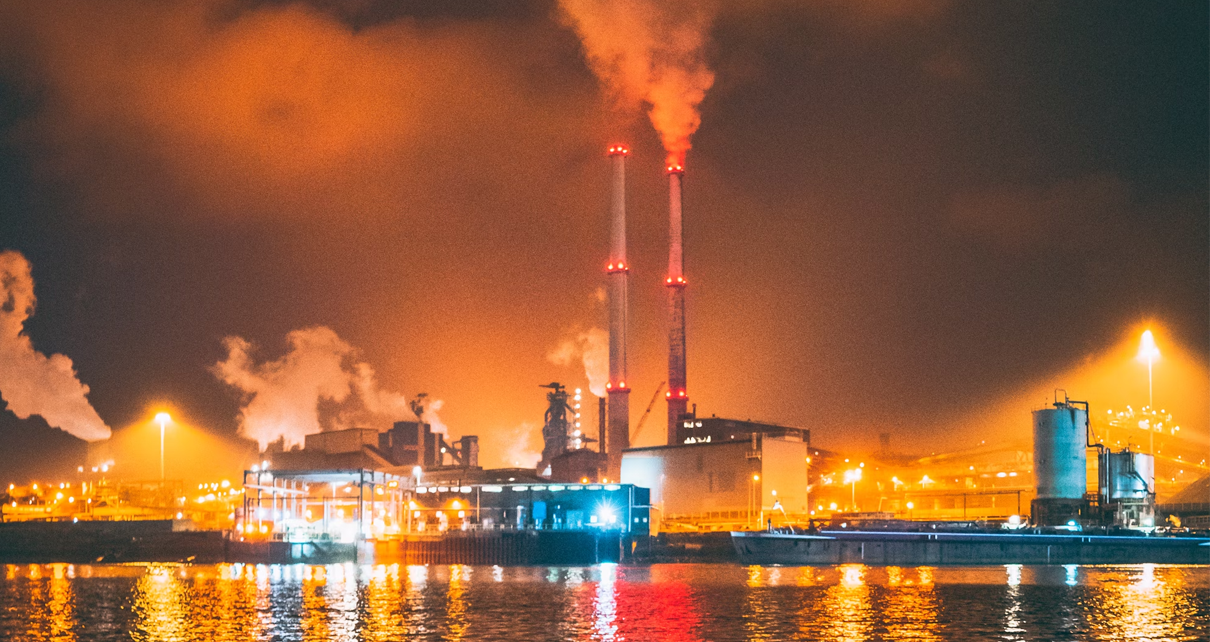
Oil prices surged nearly 3% on Monday, driven by concerns over supply disruptions from Canadian wildfires, a weakening U.S. dollar, and ongoing geopolitical tensions, despite OPEC+ sticking to its planned output increase. Brent crude futures rose by $1.85, or 2.95%, to settle at $64.63 a barrel, while U.S. West Texas Intermediate (WTI) crude gained $1.73, or 2.85%, to finish at $62.52.
The rally was fueled in part by wildfires in Alberta, Canada, which have impacted around 7% of the country’s total oil output. Several thermal oil sands operators were forced to evacuate workers and halt production near Fort McMurray. Analysts noted that the growing threat to supply has started to significantly influence market sentiment.
Adding to the bullish momentum, the U.S. dollar weakened broadly due to concerns over the economic fallout from President Donald Trump’s latest tariff threats. A softer dollar makes commodities like oil cheaper for foreign buyers, boosting demand. Geopolitical risks also played a role, with Ukrainian drone strikes against Russian targets over the weekend contributing to a heightened risk premium in oil markets.
Market participants also remained cautious amid mixed signals from ongoing U.S.-Iran nuclear talks. While some progress has been made, Iran indicated it may reject a U.S. proposal, raising the possibility of continued sanctions and limited Iranian oil supply.
Despite the upward price movement, OPEC+ announced on Saturday that it would proceed with a 411,000 barrels per day (bpd) production hike in July, marking the third consecutive month of such an increase. Though this decision was anticipated, some traders had expected a larger boost in output. As a result, prices rose on the realization that the increase wasn’t as aggressive as feared.
Analysts at Goldman Sachs and Morgan Stanley reiterated expectations that OPEC+ will continue with monthly increases of around 411,000 bpd, aiming to restore the full 2.2 million bpd of output by October. Goldman Sachs added that current market fundamentals, combined with stronger-than-expected global economic data and seasonal demand, are likely to support continued production hikes in the coming months.
